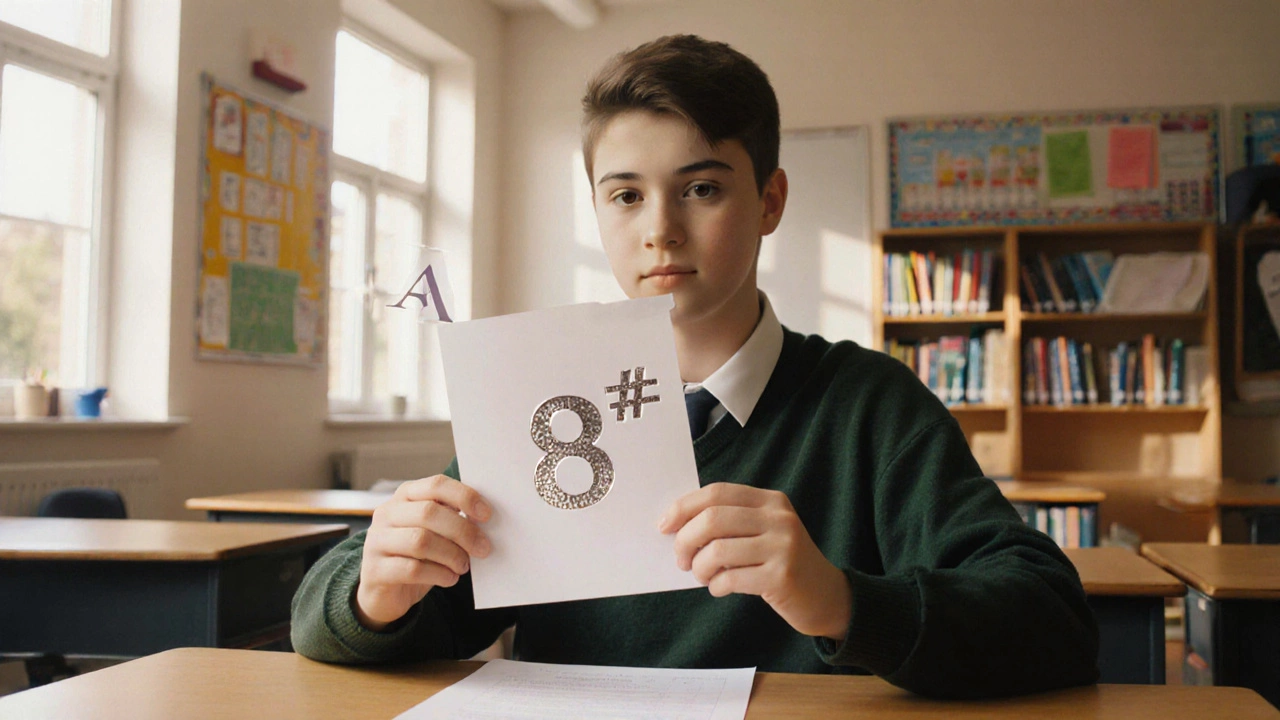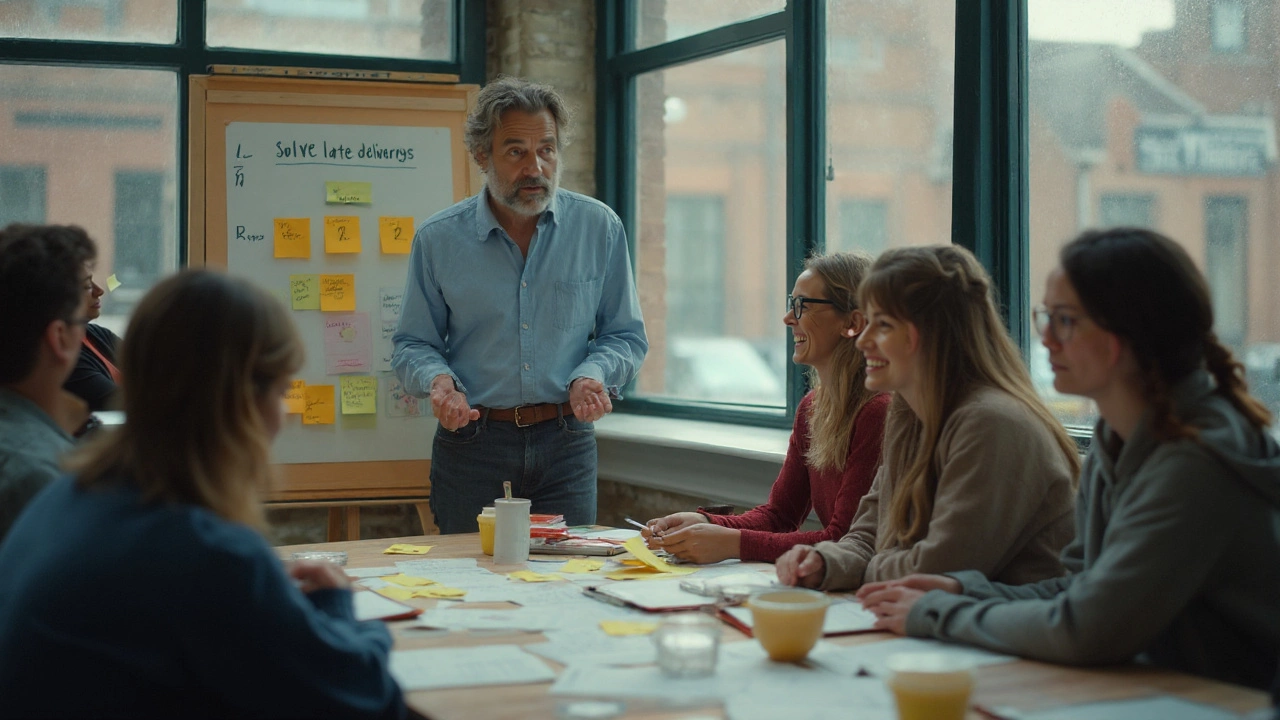What We Covered in September 2025
September was a busy month at Nottingham Nursery School’s blog. We broke down the new GCSE numeric system, cleared up the confusion between online and distance learning, and highlighted why adults learn best when they’re self‑directed and faced with real problems. Whether you’re a student wondering how a grade8 stacks up, a parent choosing the right study format, or a trainer looking for a quick adult‑learning tip, we’ve got a short, useful write‑up for you.
GCSE Grade8 vs the Old A* – What That Means for You
The switch to numbers left a lot of people guessing. In plain English, a grade8 is roughly the same performance level as the old A* – you still need to hit the top end of the grade boundary. The main difference is how points are calculated for university entry. Universities now use the UCAS tariff, which assigns 56 points to a grade8 and 56 points to an A*. That means your future plans don’t change dramatically; just make sure you check the specific entry requirements for each course.
One practical tip: keep an eye on the official grade boundaries released each summer. If a subject’s boundary sits at 70% for a grade8, aim for a little higher to stay safe. And if you’re still nervous, talk to your teacher about extra practice tests – they’ll give you a clear idea of where you stand.
Online Learning vs Distance Learning – Spotting the Real Differences
People often lump online and distance learning together, but they’re not identical. Online learning usually means you’re connected to a live classroom, using video calls, chat, and real‑time quizzes. Distance learning, on the other hand, leans on pre‑recorded material, email support, and occasional phone check‑ins. Think of online learning as a virtual school day, while distance learning is more like a self‑paced tutorial.
If you’re budgeting, online courses often cost a bit more because they need live instructors and tech platforms. Distance courses can be cheaper, but they demand stronger self‑discipline. Choose based on how you learn best: need a teacher’s voice every week? Go online. Prefer working whenever you have a free slot? Distance learning fits.
Both options offer flexibility, but make sure the provider gives clear assessment criteria. A quick way to test this is to ask for a sample lesson or a trial period – if they’re confident, they’ll let you peek inside.
Adult Learning: Self‑Directed and Problem‑Focused
Adults aren’t like kids who sit still and absorb anything. The core principle is simple: adults learn best when they control their own learning and see how it solves a real problem. That means you should start any training with a clear goal – “I need to write a business proposal” is better than “I want to improve my writing.”
Break the goal into bite‑size tasks: research, outline, draft, edit. As you work, reflect on what’s working and what isn’t. This self‑reflection loop keeps you motivated and makes the learning stick. A handy checklist for any adult course could be:
- Define a specific problem you want to solve.
- Choose resources that let you practice, not just read.
- Set short deadlines for each step.
- Ask for feedback from peers or a mentor.
- Adjust your plan based on what you learn.
Using this approach, you’ll notice faster progress and more confidence. It works for everything from learning new software to picking up a language.
That’s the roundup for September 2025. Each post aimed to give you clear, actionable advice without the jargon. Bookmark the articles you need, try the tips, and feel free to share what worked for you. Happy learning!
Is Grade8 the Same as an A* in GCSE? - Full Explanation
Find out whether a GCSE grade8 equals an old A* grade, how the new numeric system works, and what this means for university points and future exams.
Online vs Distance Learning: Clear Differences, Examples, and How to Choose
Not sure if online and distance learning are the same? Learn the real differences, how each works, costs, support, and how to choose the right format for you.
What Is a Key Principle of Adult Learning? Adults Are Self‑Directed and Problem‑Focused
The core principle of adult learning: adults are self-directed and learn best when content is relevant and problem-focused. Clear steps, examples, checklists, and FAQs.


